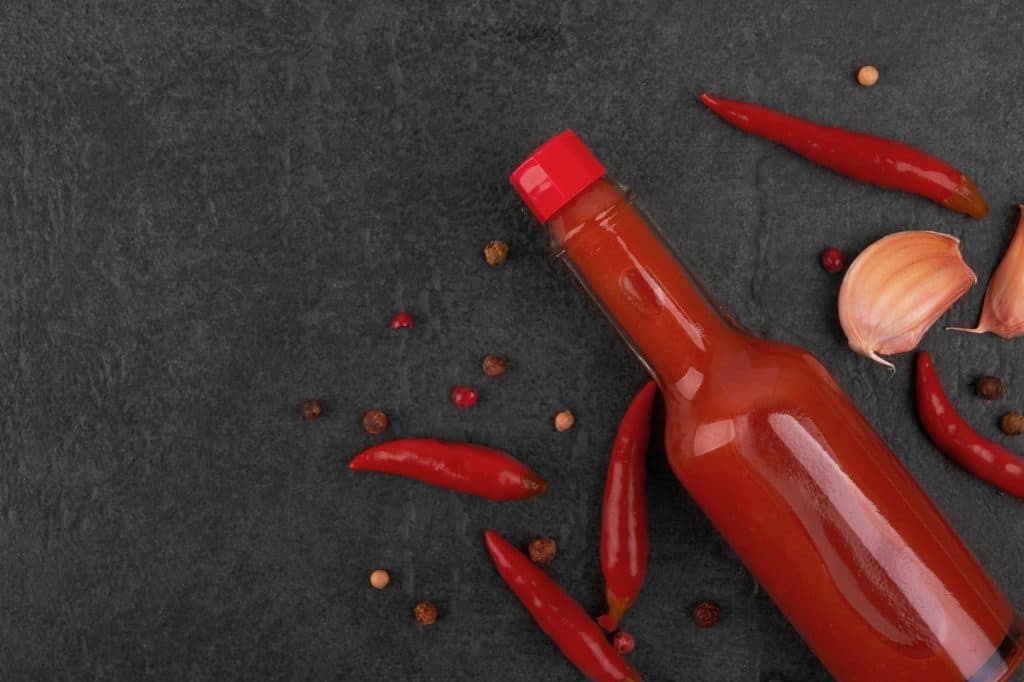How to preserve chili peppers 6 different ways
Preserving chili peppers is an excellent way to make the most of a bountiful harvest, especially when you find yourself with more peppers than you can use in a short time. Whether you’re an avid gardener or just enjoy spicy food, learning how to preserve chili peppers allows you to enjoy their flavors year-round. Here, we’ll explore six effective methods for preserving chili peppers: drying, freezing, freeze-drying, canning, fermenting, and making hot sauce.
Note: This article contains affiliate links, which means that if you click and purchase, we may earn a small commission at no extra cost to you. Thank you for supporting our content!
Drying

Drying is one of the oldest and most reliable ways to preserve chili peppers. This method has been used for centuries to extend the shelf life of food, and it’s particularly effective with chili peppers. Drying removes moisture from the peppers, which helps prevent spoilage and makes them easy to store for long periods. You can dry peppers by stringing and hanging them, or to make it easier you can use a dehydrator.
Whole peppers
Drying whole peppers allows you to rehydrate them later for use in soups, stews, and other dishes. Whole dried peppers can also be ground into powders for use as a spice. To dry peppers whole, string them together and hang them in a dry, well-ventilated area. Alternatively, you can use a food dehydrator for more consistent results. Keep in mind that drying whole peppers takes longer than drying sliced peppers.
Chili powders
Chili powder is made by drying and grinding chili peppers. You can create chili powder from any variety of chili pepper, depending on your heat preference. Once the peppers are thoroughly dried, grind them into a fine powder and store in an airtight container. Homemade chili powder can be used in soups, stews, sauces, and spice rubs.
Crushed peppers
Crushed dried peppers, often seen as red pepper flakes, are a great way to add spice to various dishes. To make crushed peppers, dry your peppers and then grind them coarsely. This method works well for medium-heat peppers like jalapeños or cayenne, and the crushed form is convenient for sprinkling on pizzas, pasta, and more.
Freezing
Freezing is another simple and effective method for preserving chili peppers. It’s ideal if you want to store peppers for up to 10 months without much effort. Freezing peppers retains most of their flavor and heat, though they will soften after thawing.
How to Freeze Peppers
You can freeze chili peppers whole or sliced, depending on how you plan to use them later. Simply wash and dry the peppers, remove the stems if you prefer, and place them in an airtight freezer bag. There’s no need to blanch peppers before freezing, which makes this method especially convenient. When you’re ready to use them, you can thaw the peppers or use them directly from frozen in cooked dishes.
Freeze Drying
Freeze-drying is a more advanced preservation method that extends the shelf life of chili peppers for up to 25 years. Freeze-drying removes moisture by freezing the peppers and then using a vacuum to extract the ice. This method preserves not only the flavor but also the texture and nutritional content of the peppers.
How Freeze-Drying Works
While freeze-drying offers excellent results, it requires specialized equipment that can be expensive and bulky. Freeze-dryers are available from several brands, with Harvest Right being a popular option. This method is a good investment for those who grow large quantities of peppers and want to preserve them for long-term storage.
Canning

Canning is a traditional method for preserving various foods, including chili peppers. Canning allows you to store peppers for an extended period while maintaining their flavor and texture. There are several canning methods, including water bath canning, pressure canning, and steam canning. Each method has its specific uses, but the key is to ensure that you’re following safe canning practices to prevent foodborne illnesses like botulism.
Water Bath Canning
Water bath canning is suitable for high-acid foods, such as pickled peppers or pepper jellies, where vinegar or another acidifier is added. Peppers are placed in jars, covered with a brine or vinegar solution, and boiled in a water bath to create a vacuum seal. This method is relatively simple and effective for preserving pickled peppers or salsas.
Pressure Canning
Pressure canning is necessary for low-acid foods, including chili peppers that aren’t pickled. In this method, peppers are canned under high pressure to reach temperatures high enough to kill any bacteria. Pressure canning is ideal for canning whole or sliced peppers in water or broth.
Popular Pepper Canning Ideas
Make sure to follow tested and approved recipes, like ones found in the Ball Canning Book. You’ll find recipes including salsas, moles, pickled peppers, pepper jelly, and cowboy candy.
Fermentation and salt curing
Among the oldest approaches to food preservation, fermentation and salt curing shine as enduring methods. Fermentation utilizes a saline brine, while salt curing relies solely on salt without water. When properly fermented, chilis can last up to 6 months or more. However, it’s vital to prioritize safety by selecting a proven and tested recipe.
5. Fermenting Chili Peppers
Fermentation is one of the oldest food preservation techniques, and it’s particularly popular for making fermented hot sauces. This method involves submerging chili peppers in a brine solution and allowing natural bacteria to break down the sugars in the peppers. Fermentation creates a tangy, complex flavor while preserving the peppers for several months.
How to Ferment Peppers
To ferment chili peppers, you’ll need to prepare a brine by dissolving salt in water. Place the peppers in a jar, cover them with the brine, and let them sit at room temperature for several days to weeks, depending on the recipe. Fermentation can last up to 6 months, and the peppers can be used in a variety of dishes or made into fermented hot sauce.
6. Making Hot Sauce

Making hot sauce is a fun and flavorful way to preserve chili peppers. Hot sauces can be made by blending fresh or fermented peppers with vinegar, spices, and other flavorings. The acidity from the vinegar helps preserve the sauce, allowing it to last for several months in the refrigerator.
Acidified Hot Sauce
To make acidified hot sauce, combine fresh or cooked chili peppers with vinegar, garlic, and salt. The vinegar acts as a preservative, and the hot sauce can be stored in the refrigerator for 3 to 6 months. For a smoother texture, strain the sauce before bottling.
Fermented Hot Sauce
Fermented hot sauce is made by blending fermented peppers with vinegar and other ingredients. This method produces a more complex, tangy flavor compared to acidified hot sauces. Fermented hot sauce can also be stored for several months in a cool, dry place.
Preserving chili peppers is a practical way to make the most of your harvest. Whether you prefer drying, freezing, canning, fermenting, or making hot sauce, each method offers unique advantages and flavors.






